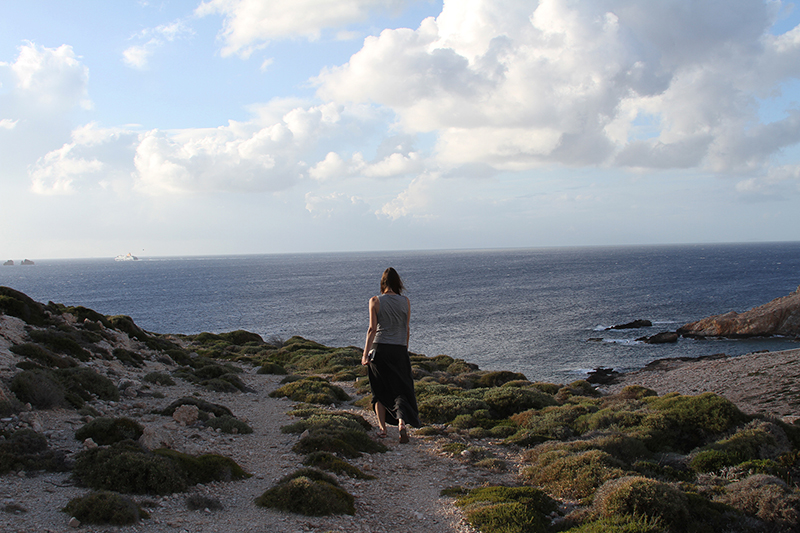Interesting digression from Joel Klotkin about a dilemma that continues to plague us, which is also wrapped tightly around all efforts to de-couple ever-growing returns in economic activity from energy-intensive work and employment:
The global phenomena of low economic growth and rising prices has sparked middle-class-led rebellion—what one Marxist publication describes as “a strike against the rising cost of living.” While the specific issues may vary in each instance, the new protests are motivated by middle- and working-class fears that slow and de-growth conditions will “proletarianize” their once decently comfortable living standards.
Many of the progressive gentry dismiss these movements as primitive populism, producing detestable things like Brexit and the election of Donald Trump. But the “great revolt” has since expanded to countries with liberal cultures and evolved welfare states, including France, Chile, even Norway and the Netherlands. In most places these rebellions are led not by perpetually outraged students, laid off workers, or angry immigrants, but by solidly middle-income workers who feel their long-term prospects, and those of their children, are increasingly dismal.
These fears are particularly acute for workers in environmentally inconvenient industries, such as energy, manufacturing, or home-building, who are losing their jobs or have been explicitly targeted for unemployment by the green Left. Those who continue to work in unavoidably energy-intensive industries like agriculture continue to be saddled with ever rising costs for critical commodities like diesel fuel. These energy price rises particularly impact most Europeans who drive to work.
This is obviously not unrelated to the perpetual ‘make the miners into coders’ solution that is stupid on its face (we don’t need that many coders) and insulting by implication (they can just do something else!).
The need for ever-increasing growth needs some re-imagined parameters. Instead of successive generations wanting their kids to earn more and more, what if our dream was for them to work less and less? What else might they do? Do you mean we can’t think of or value anything else beyond work? Is that the actual problem? The idea/reality that it is blasphemy to consider the merits of working a 20-hour week, or that we have trouble imagining these merits says far more about us that we should be comfortable with.
Hmmm. What’s Green?
Image by author.

